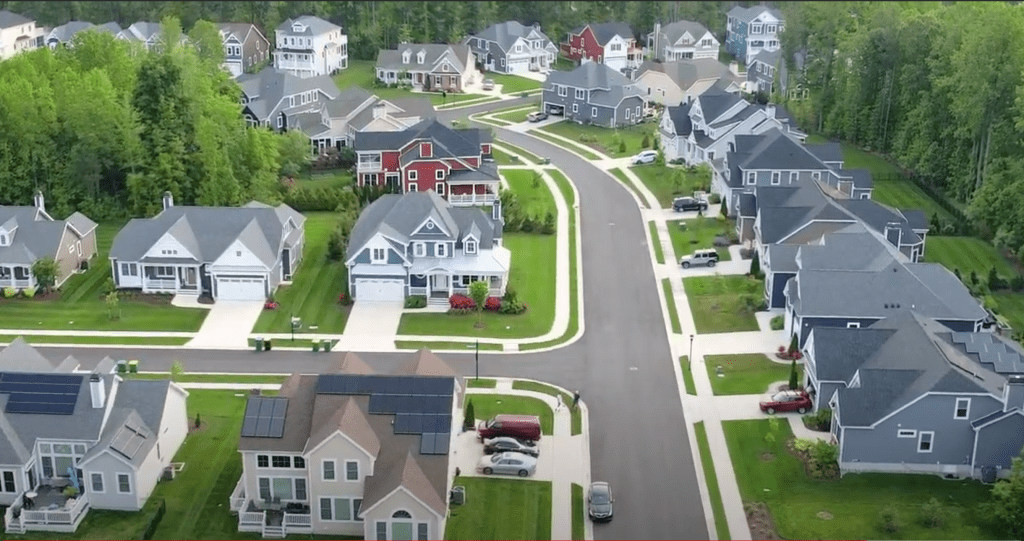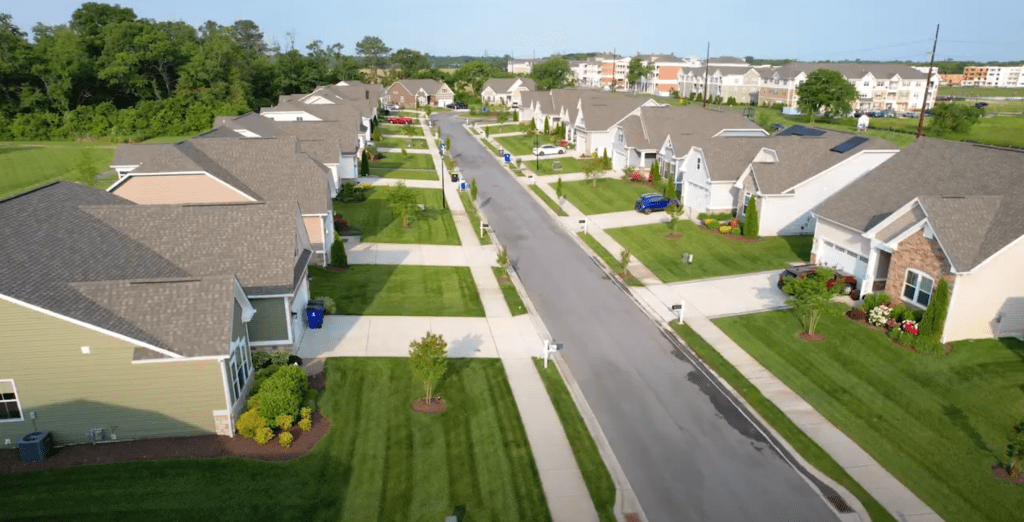
Everyone needs lawn and landscaping services, so technically, your business should serve everyone, right? Not necessarily. If you are looking to grow and sustain your business, at some point you need to determine who your ideal client base is and pursue them.
Julie Hayes, a branch manager for Sullivan’s Landscaping & Maintenance, based in Milford, Delaware, says this is a gradual process, not an exercise.
“It’s about becoming aware of who you are as a company first, what core values define you and what your vision of who you wish to become is,” she says. “Once you know who you are as a company, you know who you want to do business with.”
Sullivan’s has been focused on their ideal client of HOAs for the past five years.
The company has been in business for over 35 years and started by offering residential and small commercial services. They added new construction installs for builders in the early 2000s before seeing the true value of HOAs after the housing crisis. Hayes says HOAs provide year-round work and are relatively recession-proof.
While they’ve been serving this customer type for a long time, Hayes says developing who they are as a second-generation business allowed them to dive into what they’re looking for in an ideal customer. She worked with Sullivan’s as a community association manager before joining the company.
“After 25 years, I left my career to join Joel Sullivan in his second-generation quest to make the company something special,” Hayes says. “What we both knew was that these upscale community associations with all-inclusive services were the new niche of the company. We drove our efforts from there.”
Identifying Their Ideal Clients
Hayes says knowing their ideal HOA client allows them to target future business. Also, the associations have a routine bidding process where they send RFPs in the summer as they prepare their budget for the following year by early fall.

“Knowing our ideal customer allows us to pass, almost immediately, without wasting time on something that doesn’t fit our model, so we can focus our attention on those who do,” she says. “We know from the language used in the RFP, what services are or are not included and geographics.”
Sullivan’s looks for clients who view them as a trusted advisor.
“When we have an initial bid meeting, it’s the whole team, our irrigation GM, our turf GM, our VP, branch manager and account manager,” Hayes says. “We want our customers to understand the level of service we can offer. It’s important for people to understand first who we are, what we know and who we can help. Our ideal customer appreciates the presence in the room.”
She says their ideal customer accepts their recommendations to provide them an optimal contact. They also take the time to learn about Sullivan’s other client experiences. Hayes says this shows they are as interested in learning about the company as they are in learning about the association.
She notes it’s an ever-evolving process to tweak the criteria of an ideal customer.
Dealing with Other Customers
When they receive an RFP from a community that does not meet their model, Sullivan’s responds in a timely manner, thanking them for their interest, and at this time, they are not interested in providing a proposal for their community.

“We do not recommend other landscape companies, nor do we ever comment on their existing contractor,” Hayes says. “We want to be viewed as neutral.”
If they think a community might be a good fit, they will set up an initial meeting with the board or committee members to walk the neighborhood and talk. They will discuss the association’s pain points, why they are seeking to make a change and if they are just price-checking against their current contractor.
“We try to be clear with a potential customer that we are interested in creating long-term partnerships that develop over time with mutual trust and respect,” Hayes says. “After spending an hour with them, we usually know whether they meet our criteria. At that point, we simply thank them for their time and interest in the company and move on. As much as we know who our ideal customer is, we know who we are and who we can help. We aren’t for every community and we know and accept that.”
Portfolio Diversity
Even though Sullivan’s preferred client is HOAs, they still offer residential work as it was at the forefront of the business from the beginning.
“We realize that what was good yesterday isn’t necessarily good today or tomorrow, and we do have an exit strategy for those accounts in the near future,” Hayes says.

When it comes to the question of portfolio diversity, Hayes acknowledges all of their eggs are in the HOA basket, but they do service other commercial properties like a casino and a university. She says their service area is highly-sought after real estate for retirees and families.
“There is no metropolis nearby teaming with commercial accounts,” Hayes says. “It’s farmland turned HOAs. The portfolio diversity for us is the diversity within the HOA world. Not all HOAs are our ideal customer.”
When it comes down to determining your own preferred client, Hayes says you need to be self-aware and authentic.
“Do whatever it is you do best, and know you can’t do everything for everyone,” she says.

